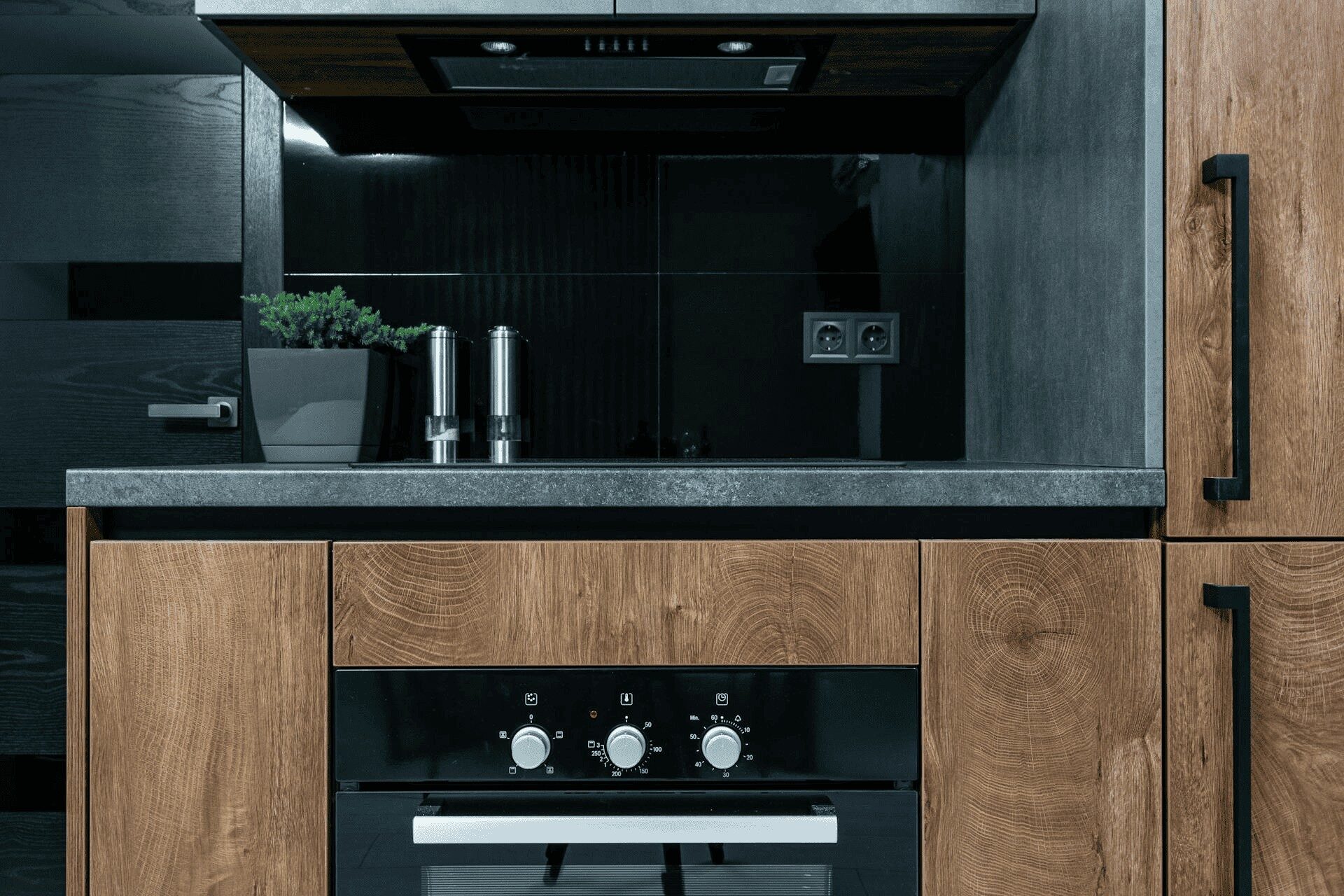Cabinets Moldings

Detailed
Premium Cabinet Moldings
Molding helps enhance the design features of your cabinets and tie them into the rest of your home. The cabinet style that you decide on will have an impact on the type and amount of molding you may want.
Traditional cabinetry often uses a significant amount of molding and decorative elements. Contemporary and frameless cabinet styles use a minimal amount of molding. Learn more about all the various molding options offered by the Carpet Barn.
Cabinet Characteristics & Features
Customize your Cabinet with Molding
Consumer Guide
Learn how to choose the right flooring and cabinets for your home.
Contact Us
Have questions? Our experienced team is here to help with flooring, cabinets, and countertops.
Special Financing
Upgrade your home today with zero-interest financing on approved Shaw credit accounts.
